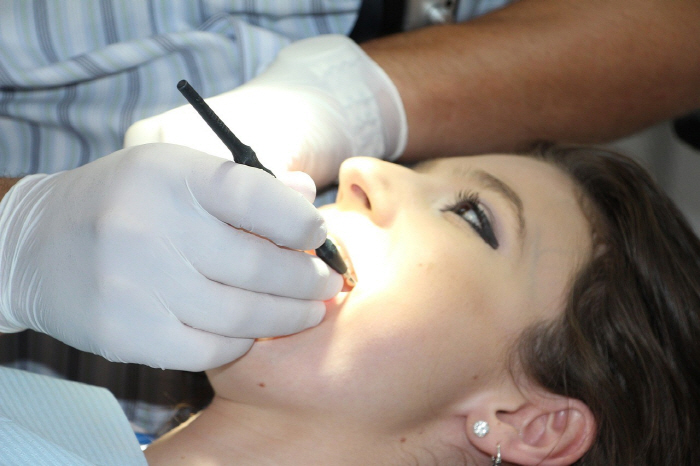Early signs of gingivitis if your gums are swollen or bleeding when you brush your teeth
Apr 07, 2025
|
Initially, it begins with simple gum inflammation, but if left unattended, the bones that support the teeth can be damaged and even the teeth can be lost. Periodontal diseases are classified into gingivitis and periodontal inflammation according to the degree of progression. Gingivitis, a mild form, refers to an inflammatory condition confined to the gums. When the inflammation spreads to the gum bone, it develops into periodontal inflammation.
The main cause of periodontal disease is plaque (bacterial membrane) formed on the surface of the tooth. If the plaque is not removed properly, it turns into hard plaque, causing gum inflammation. There is a narrow gap called gingival fever between the teeth and the gums. Inflammation intensifies as plaque and tartar penetrate along this gap. If inflammation progresses to the gum bone, periodontal sacs are formed and alveolar bones are lost, which can lead to shaking or tooth extraction. In addition, factors such as diabetes, pregnancy, lack of nutrition, and smoking can also act as factors that worsen periodontal diseases.
Kwon So-yeon, a dental professor at the Catholic University of Korea's Incheon St. Mary's Hospital, said "The typical symptoms of periodontal disease are gum bleeding and swelling. If you feel bleeding or swollen gums and pain when brushing your teeth, it may be an early sign of gingivitis."
However, if it develops into periodontitis, it can be accompanied by persistent bad breath, symptoms of pus coming out of the gums, and tooth shaking, and in severe cases, pain may be felt when chewing. As the gum disease progresses, the periodontal sac deepens and alveolar bone damage becomes more severe, so if left unattended, it is highly likely to lead to tooth loss.
Diagnosis is made through periodontal examination and radiographic examination. The depth of the periodontal sac and the condition of the alveolar bone are checked to determine the progress of the disease, and microbiological tests and immunological tests are also performed at the same time as necessary. Treatment is based on the removal of bacterial plaque and tartar.
Professor Kwon So-yeon said "In the case of mild gingivitis, correct brushing and scaling alone can be sufficiently improved."However, if it has progressed to periodontitis, more active treatment is needed depending on the depth of periodontal cyst."
Treatment of periodontitis includes root planning, which smooths the root surface, and administration of local antibiotics. If the symptoms are severe, periodontal surgery to remove inflammatory tissue by incising the gums may be necessary. If alveolar bone damage is severe, additional treatments such as bone graft transplanting artificial bones or guided tissue regeneration (GTR) that promotes the recovery of damaged tissues using special membranes can be combined.
However, surgical treatment is limited in its application, and significant pain may be accompanied during the surgical process. In addition, if the tooth is severely shaken, dental fixation can be performed to protect the remaining tooth. If nerve treatment is combined as needed and prosthetic treatment is considered while periodontal disease is advanced, implant treatment can also be an option.
Professor Kwon So-yeon said "In order to prevent periodontal diseases, proper oral care is essential. You should make a habit of brushing your teeth thoroughly after meals and before going to bed, and use dental floss and interdental toothbrushes to keep the distance between your teeth clean" and "Prevention and continuous management are essential because periodontal disease is difficult to cure once it progresses. It is important to remove plaque and tartar through regular dental checkups and scaling."
|
This article was translated by Naver AI translator.















